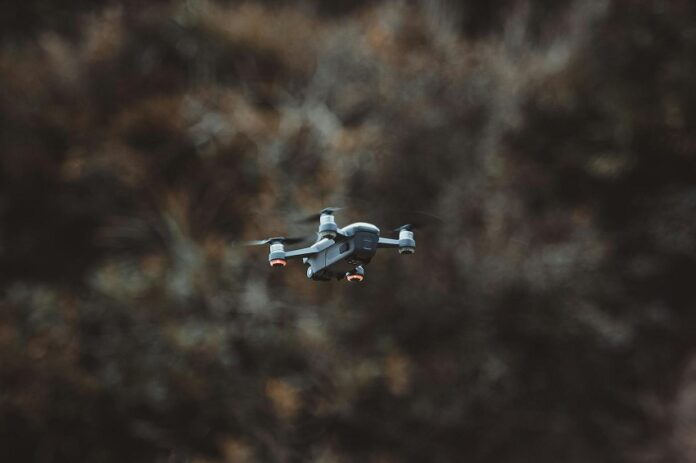Humans have had a need for community defence since millennia ago. However, for a long time, the same tools were used to fight in wars. Military technology started to evolve rapidly after the First World War. By the time the Second World War started, there wasn’t much need for horses, and aviation technology had advanced significantly as well. Naval warfare had also expanded to include aircraft carriers and submarines.
However military technology didn’t stagnate after these two wars. During the Cold War era, both the USA and USSR invested a lot in research, and this resulted in significant advancements in nuclear weapons, space exploration, and missile technology.
So, what’s new in the world of military technology? Let’s explore.
Autonomous Systems
Autonomous systems have been improved significantly over the past 100 years. Military drones or tactical ISR drones are the most widely known autonomous systems. These are used to provide useful information from an aerial perspective. Since tactical drones are unmanned, they help to minimize the risk for human beings. Other types of autonomous systems are ground vehicles and unmanned aerial vehicles.
Hypersonic Weapons
As you’ve probably guessed, hypersonic weapons are those that can move at very high speeds (at least 5 times the speed of sound). Modern hypersonic weapons are highly manoeuvrable and can change directions quickly. Hypersonic weapons are different from ballistic weapons. The latter can travel just as fast as hypersonic weapons, but they have a set trajectory. In the 21st century, many countries are making efforts to develop better hypersonic weapons, so we can expect better versions of these weapons in the future.
AI and Machine Learning
AI and machine learning are among the most intriguing technologies today. They’re applied in many different sectors. But what about the military? In the military, this technology is used to handle and process tremendous volumes of data. AI is expected to empower autonomous and high-speed weapons in order to carry out tasks with minimal human input. This technology is also being applied to cybersecurity. Military systems that are equipped with AI can protect networks and data from any kind of hacking attempt, meaning the risk of losing essential or classified data will be minimized. Other applications of AI and machine learning are in logistics, transportation, battlefield healthcare, and target recognition.
Military technology has been evolving rapidly, particularly since the end of the First World War. Some of the biggest advancements in modern military technology are the application of AI and machine learning, the use of autonomous systems, and the application of hypersonic weapons.





